IAQ IQ: Summer, 2020
©2020 Jeffrey C. May
ASHI’s New England Chapter asked me to give a presentation on the use of personal protective equipment during inspections: an important topic but one that is particularly relevant during the pandemic. If you are still doing home inspections during this difficult time, there are some steps you should take to safeguard your health and the health of others around you.
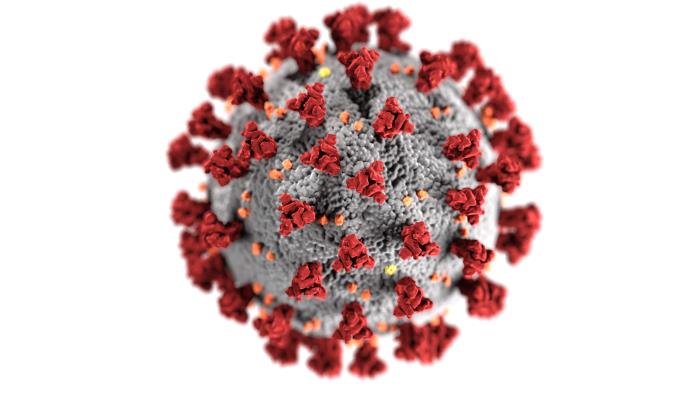
https://phil.cdc.gov/Details.aspx?pid=23312
The Miriam Webster dictionary defines the term “aerosol” as a suspension of fine solid particles or liquid droplets in a gas. In scientific terms, aerosol particles are less than 5 microns in size and thus can remain aerosolized (suspended in air) for extended periods of time. “Droplets” are much larger than 5 microns in size and settle out of the air onto surfaces within about 6 feet of their emission, which is why “social distancing” recommends that people keep 6 feet away from each other. When people sneeze or cough or even talk, their noses and mouths release droplets which could contain virus particles. Once the droplets land on surfaces, they dry out fairly quickly, leaving the virus behind.
How long do such viruses remain an exposure threat when on surfaces? It depends on the surface materials and on the relative humidity in the room. You can find some answers to this question on the following websites: https://www.webmd.com/lung/how-long-covid-19-lives-on-surfaces and https://www.nih.gov/news-events/news-releases/new-coronavirus-stable-hours-surfaces. “On the other hand, transmission of novel coronavirus to persons from surfaces contaminated with the virus has not been documented,” states the Centers for Disease Prevention and Control (https://www.cdc.gov/coronavirus/2019-ncov/prevent-getting-sick/cleaning-disinfection.html).
So it makes sense to be cautious. Obviously, disinfecting surfaces helps minimize the chances of being exposed by touching the virus and then transmitting it by hand to your mouth, nose, or eyes. But during an inspection, it would be pretty inconvenient to say the least to go around disinfecting every surface you need to touch. You can have several disposable gloves in your back pocket and wear them when you are touching surfaces that may be contaminated. If you are uncomfortable about putting gloves on, keep your hands away from your face and periodically wash your hands while on site (with soap and water for at least 20 seconds) or use a hand sanitizer. If you don’t have a supply of hand sanitizer, you can use isopropyl alcohol, but handwashing with soap and water is really the best treatment for killing viruses.
Throughout your inspection, wear a tightly fitting mask. A NIOSH N95 two-strap mask is great, if you can get your hands on some. If you wear a cloth mask of some kind, be sure that there is an airtight fitting on the nose bridge and at the mask’s perimeter. If wearing the mask causes your eyeglasses to fog, use the N95 mask with an exhaust valve (do not do so, however, if you cough now and then – not that you would do an inspection if you are sick, but you might also cough due to allergies, and the valve will not prevent all droplets from exiting the mask). If you have a beard, you may have to wear a half-face respirator, because the elastics on a disposable mask cannot be tightened sufficiently over a beard, and then air can bypass the mask. A half-face respirator has elastics that can be tightened to reduce the air leakage around facial hair. Since facial hair acts as a partial filter, be sure to wash your beard thoroughly after removing the mask or respirator. If you are in a group with people not wearing a mask, while chatting it also makes sense to protect your eyes with safety glasses.
An N95 mask removes 95% of all particles but is not oil resistant. A P100 mask removes 99.8% of particles and is oil resistant. An N95 half-face respirator has a higher “protection factor” than a disposable N95.
If you can get away with it, insist that the number of people at the site is minimized (no more than 1 or 2 in addition to yourself), and that anyone who is present also wears a mask as well as keeps social distance. It goes without saying that anyone with a fever or cough should be excluded.
When your inspection ends, wash your hands and face thoroughly, as well as your arms if you are wearing a short-sleeved shirt and legs if you are wearing shorts. You can keep a large bottle of water and a bar of soap or a bottle of hand sanitizer in your vehicle for this purpose. Once you are back at home or at the office, change your clothing (before or shortly after entering the building) while still wearing your mask. Then put the clothes into the washing machine and take a hot shower. Soap your body thoroughly. I’m only going on indoor-air-quality inspections when the properties are empty or when there will only be one or two other people present, and they wear masks (as I do) and keep social distance. Between inspections, I disinfect my masks with isopropyl alcohol (IPA). I sprinkle (from an eye dropper) about a teaspoon of IPA on a mask and then seal it in a quart-sized Ziploc bag. (When I cannot get ahold of IPA, I use denatured alcohol: a mixture containing methanol, ethanol, and a solvent to render the alcohol dangerous to imbibe. Denatured alcohol is usually available in paint supply stores.) I leave the mask sealed in the bag overnight and then air it out for an hour or two before wearing it again. (My infrared camera confirmed that a mask treated in this way overnight and when removed from the bag had a uniformly cold surface in the morning, proving that the alcohol vapor spread and condensed throughout the material and was evaporating.) If the mask still has an odor (such as of alcohol), I air it out some more until the odor is gone; otherwise, I could inhale unhealthy fumes from such a mask.
It has been shown that just airing the mask out for 3 days is long enough to dry out the virus. Another study showed that dipping an N95 in IPA killed the virus but reduced the efficiency of the mask by more than 30%. I do not believe that exposing the mask to IPA vapor is the same as soaking it in liquid IPA.
Many people are wearing cloth masks. These can be soaked in hot soapy water, then hand washed, rinsed, and hung to dry. They can also be put in a washing machine and hung to dry as long as they don’t contain components like metal nose “bridges” that could be damaged in the machine.
Many of the recommendations in this article are relevant during all home inspections, for you’ll never know if someone at the site has the flu or a bad cold. And if you have allergies or asthma or other environmental sensitivities, you should always wear a tightly fitting mask, particularly in below-grade spaces which are prone to developing mold growth problems due to elevated RH (relative humidity). Garages and basements that have been infested with mice also present exposure threats, since Aspergillus mold can grow in mouse-urine trails. Attics that have been infested with bats or pigeons are also a risk due to possible exposure to disease-causing microorganisms in their fecal matter.
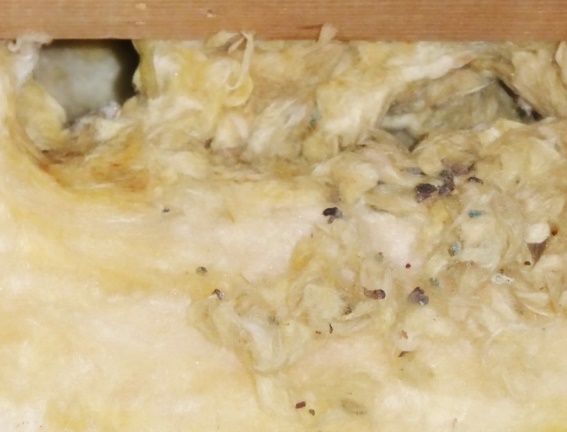
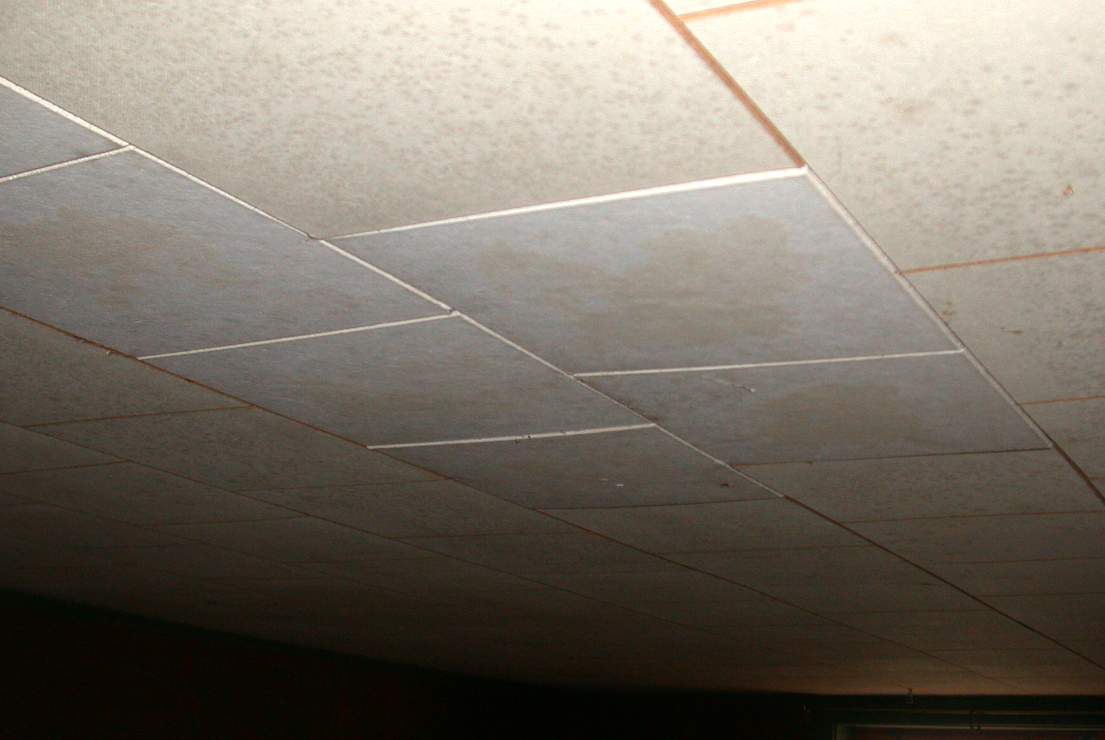
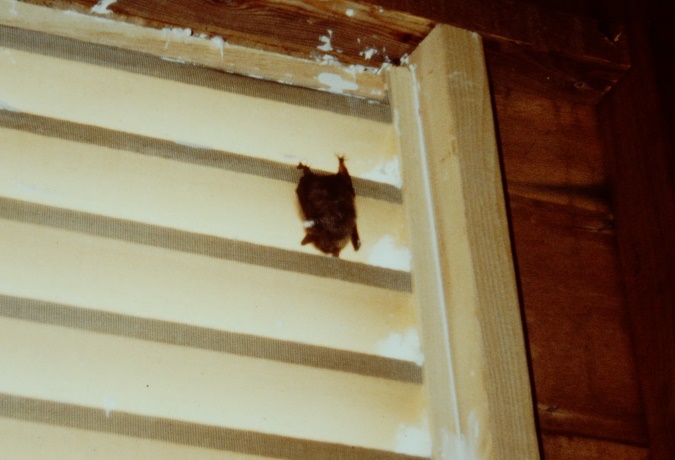
I’ve spoken to home inspectors who feel awkward about wearing masks on inspections. Nowadays, though, people are getting used to seeing others with masks so we should all feel far more comfortable doing so on inspections.
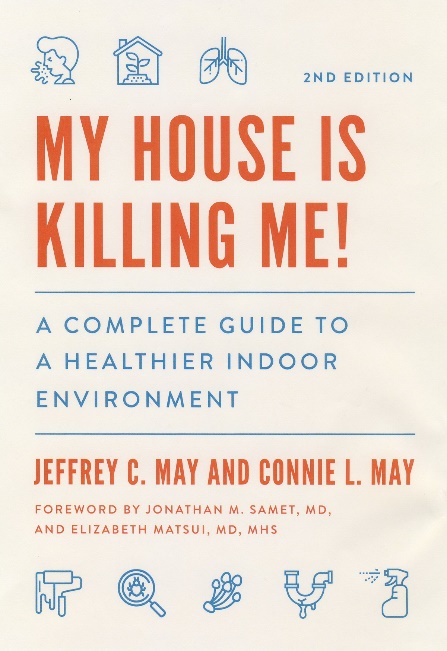
The second edition of our book My House is Killing Me is being published by Johns Hopkins University Press and contains dozens of colored photographs and new chapters covering such topics as spray-polyurethane foam insulation, chemicals found in indoor air, and IAQ problems particular to multi-unit dwellings. The book will be widely available by December 2020 but can be preordered now through amazon or at https://jhupbooks.press.jhu.edu/title/my-house-killing-me-0.
